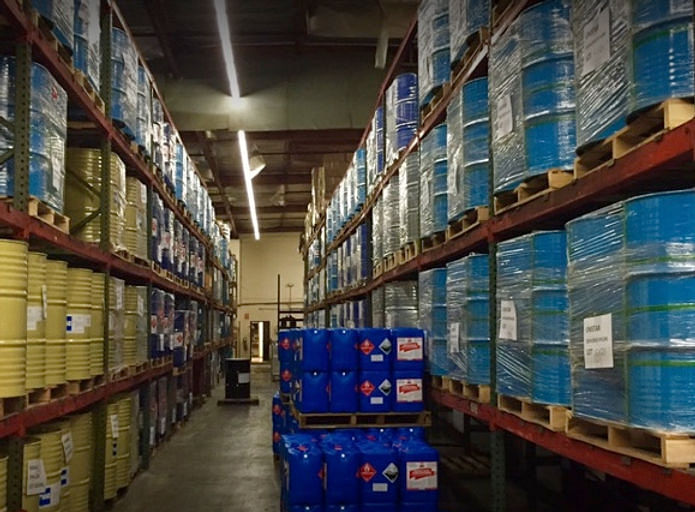
May 29th, 2023
Why You May End Up Responsible For Someone Else's Pollution
All’s fair in love, war, and…environmental enforcement actions?Few people would object to asking...
By: Annette Brennan
All’s fair in love, war, and…environmental enforcement actions?
Few people would object to asking people to take responsibility for their actions. But what if you’re asked to address the consequences of your actions and someone else’s? That doesn’t seem fair. However, in the world of environmental clean ups, it’s not uncommon for contamination from one property to end up “co-mingling” with contamination from other properties. And yet, if a California agency discovers a spill and assigns responsibility to someone, they can take an administrative or judicial action against that person not only for their portion, but for the whole problem. It’s called joint and several liability. And it doesn’t just apply to California agencies, but to agencies like the U.S. Environmental Protection Agency as well.
Last year, the California Court of Appeal allowed the State Water Resources Control Board to tack major fines onto one company - ARCO - for pollution that may not have been entirely its fault. Although ARCO argued that the pollution was not just from its site, and that they weren’t even substantial players in the pollution at issue, the Court ruled that the company had to pay for the entire pollution cleanup.
The Court recognized that the relevant Water Code section, Section 13304, authorizes imposition of joint and several liability on polluters if the polluter causes a discharge that creates pollution or a nuisance, regardless of whether the pollution or nuisance created is a substantial factor in the aggregate. This allows cleanup orders to impose cleanup liabilities for any commingled pollution released by the company and any other sources.
While this may seem convoluted, and very complicated, there is an overall public policy behind it. If pollution is discovered, society wants the problem addressed as quickly and effectively as possible. Finding one responsible party is already hard enough on the overseeing agency, and taxing on the government. If that one party could simply say “It wasn’t just me - there were other people at fault too!” and delay any payments until all parties sort through their possible liability, then arguably cleanups would face a never-ending series of finger pointing and delays.
The government’s response to claims of unfairness is to point to a silverish lining within the law. Anyone who believes they only contributed to a problem, and aren’t the sole reason for it, have the right to seek contribution from other potentially responsible parties and can argue that they should only be allocated a portion of the costs. It’s not a great solution, however. This puts the burden on the initial company to identify co-contributors. It’s costly, time-consuming, and inefficient. But it’s the system we have.
When we preach the need to address environmental problems sooner rather than later, this is one of the reasons. Identifying and tackling problems while they are limited to one property are a lot easier, cheaper, and faster than waiting for a problem to move off-site and trying to work through a more complicated problem. In those situations, businesses suffer, while lawyers and consultants profit.